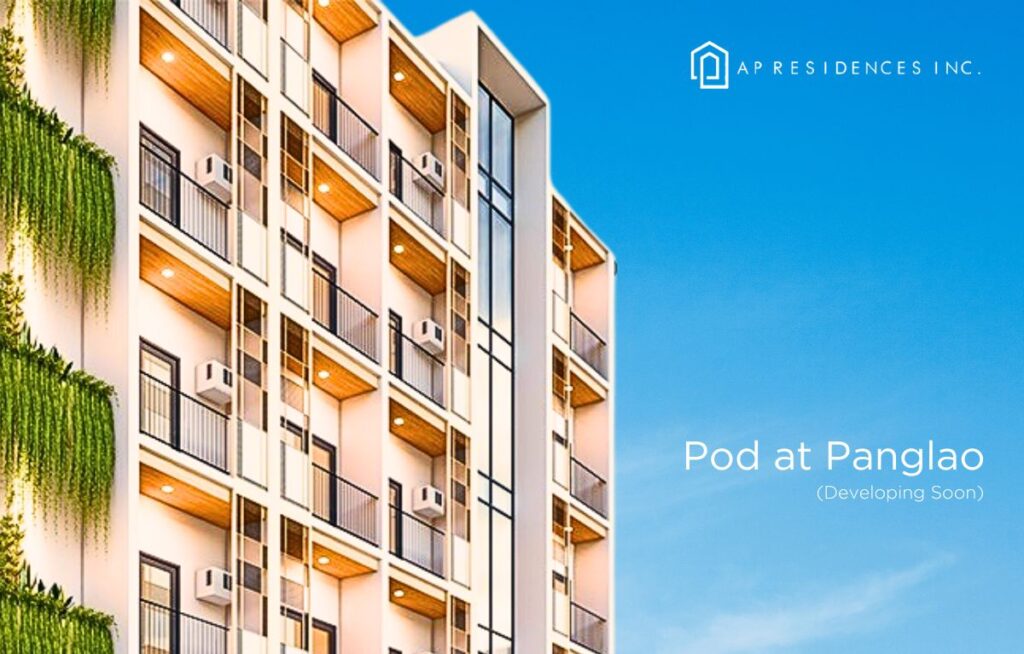Applying for a housing loan is a significant step toward owning your dream home. In the Philippines, various lenders offer competitive rates and terms, making it crucial to understand the application process.
This guide outlines the key steps involved in securing a home loan, from determining your eligibility to finalizing your application.
Whether you’re a first-time buyer or refinancing an existing property, these steps will help simplify the process.
Step 1: Determine Your Eligibility
Eligibility is the foundation of a successful home loan application. Lenders typically evaluate your financial standing, employment stability, and credit history to ensure you can repay the loan.
Applicants must meet minimum income requirements, which range from PHP 20,000 to PHP 50,000 monthly, depending on the lender.
Employment stability, often defined as two years of continuous work, or consistent business income for entrepreneurs, is also critical.
A positive credit score significantly increases your chances of approval and may result in lower interest rates.

Find Your Dream Home with AP Residences
Step 2: Research and Choose the Right Lender
Selecting the right lender is crucial to securing favorable terms. In the Philippines, options include government-backed programs, commercial banks, and private institutions, each with unique advantages.
PAG-IBIG offers affordable loans with rates starting at 5.5% for its members, while banks like BPI and Metrobank provide more flexible borrowing limits.
Private lenders cater to individuals with unconventional income sources but may have higher interest rates. Researching these options thoroughly will help you choose the lender that best suits your financial situation.
Step 3: Prepare the Necessary Documents
Having the required documents ready can streamline your home loan application. Lenders generally ask for proof of identity, income, and property ownership, among other requirements.
Common documents include government-issued IDs, pay slips, income tax returns, or business financial statements. If you’re financing a specific property, you’ll also need land titles or purchase agreements.
Preparing these documents ahead of time reduces delays and improves the likelihood of swift approval.
Step 4: Submit Your Application
Once you’ve chosen a lender and gathered your documents, it’s time to apply. Many banks now offer both in-person and online application options for convenience.
When applying, ensure that all information provided is accurate and complete. Some institutions, like BPI, allow for pre-approval, giving you an idea of how much you qualify to borrow.
This step involves submitting the documents and waiting for the lender’s review.
Step 5: Wait for Approval and Finalize the Loan
After submitting your application, the lender will review your eligibility, documents, and credit history. Approval times vary but typically range from a few days to several weeks.
If approved, you’ll receive a formal loan offer outlining the terms, including interest rates and repayment schedules. After accepting the offer, prepare to sign the agreement, pay the down payment, and finalize the loan.
At this stage, funds will be disbursed, enabling you to proceed with your property purchase.
What is the Easiest Loan to Get for a House in the Philippines?
The PAG-IBIG housing loan is widely considered the easiest loan to get for a house in the Philippines. Its government-backed nature ensures accessibility for eligible Filipino workers, with membership being the primary requirement.
With interest rates starting at just 5.5% per annum and repayment terms of up to 30 years, it offers a practical solution for many.
The application process is straightforward, requiring minimal documentation, such as proof of income, valid IDs, and membership contributions.
Moreover, PAG-IBIG provides housing loan programs catering to various needs, including affordable housing for minimum-wage earners and end-user financing for regular buyers.
Its focus on affordability and ease of application makes it a top choice, especially for first-time homebuyers or those looking to refinance an existing mortgage.
Which Bank is Best for a House Loan in the Philippines?
Choosing the best bank for a house loan in the Philippines depends on your financial goals and priorities. PAG-IBIG is the go-to option for affordability, but commercial banks like Metrobank and BPI stand out for flexibility and loanable amounts.
Metrobank offers loans with competitive interest rates starting at 6.25%, flexible repayment terms, and excellent customer service, making it a reliable option for many borrowers.
BPI, on the other hand, provides streamlined online application processes and innovative financing solutions, such as bridge loans and home renovation loans.
These features are beneficial for those seeking convenience and additional loan options beyond purchasing a home.
Both banks cater to a wide range of borrowers, ensuring they address diverse housing finance needs.
What is the Best Loan for a First-Time Homebuyer in the Philippines?
For first-time homebuyers in the Philippines, PAG-IBIG housing loans remain the best option. The program offers low interest rates, flexible repayment terms, and a high loan-to-value ratio, enabling borrowers to finance up to 95% of their property’s cost.
Additionally, PAG-IBIG’s Affordable Housing Program is specifically designed for minimum-wage earners, ensuring even those with limited resources can achieve homeownership.
First-time buyers also benefit from PAG-IBIG’s financial literacy initiatives, which guide borrowers through the loan application and repayment processes.
This comprehensive support system makes it easier to navigate the challenges of purchasing a first home while reducing financial strain through manageable monthly payments.
Conclusion
Applying for a home loan in the Philippines involves understanding your eligibility, researching lenders, and preparing documents.
Institutions like PAG-IBIG, BPI, and Metrobank offer a range of options tailored to various needs. Following the right steps ensures a smoother and more efficient application process.





